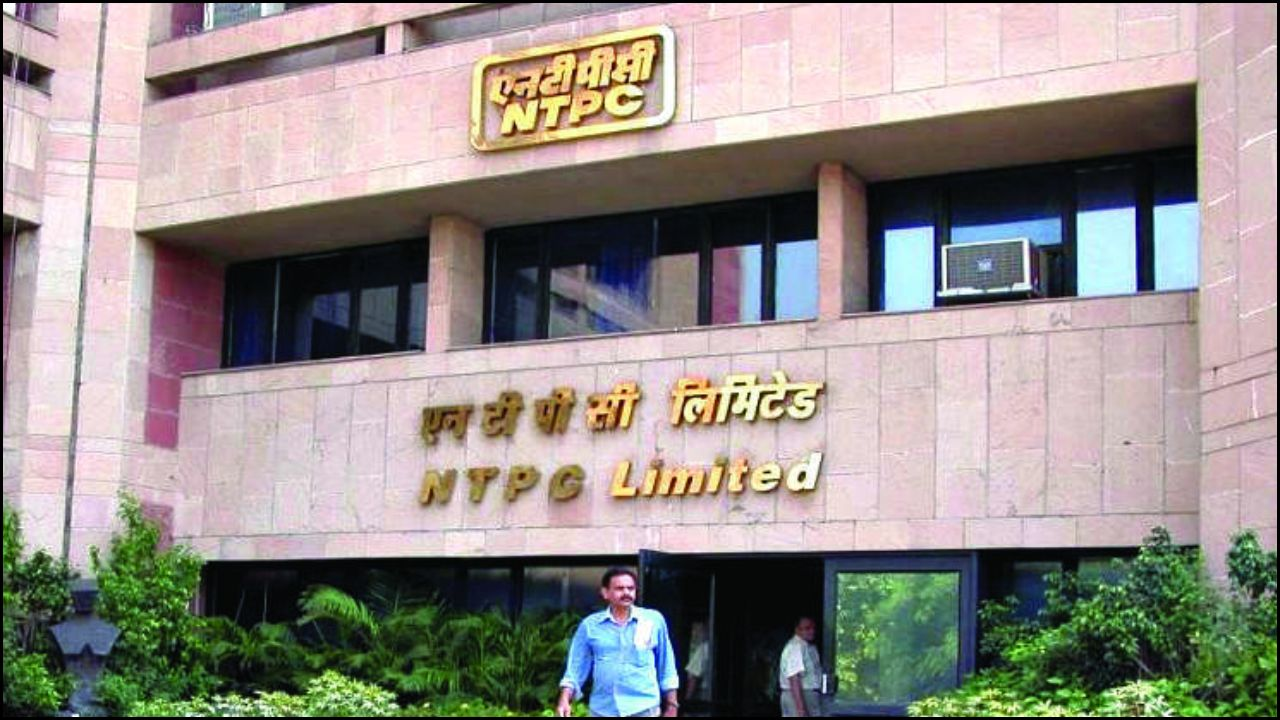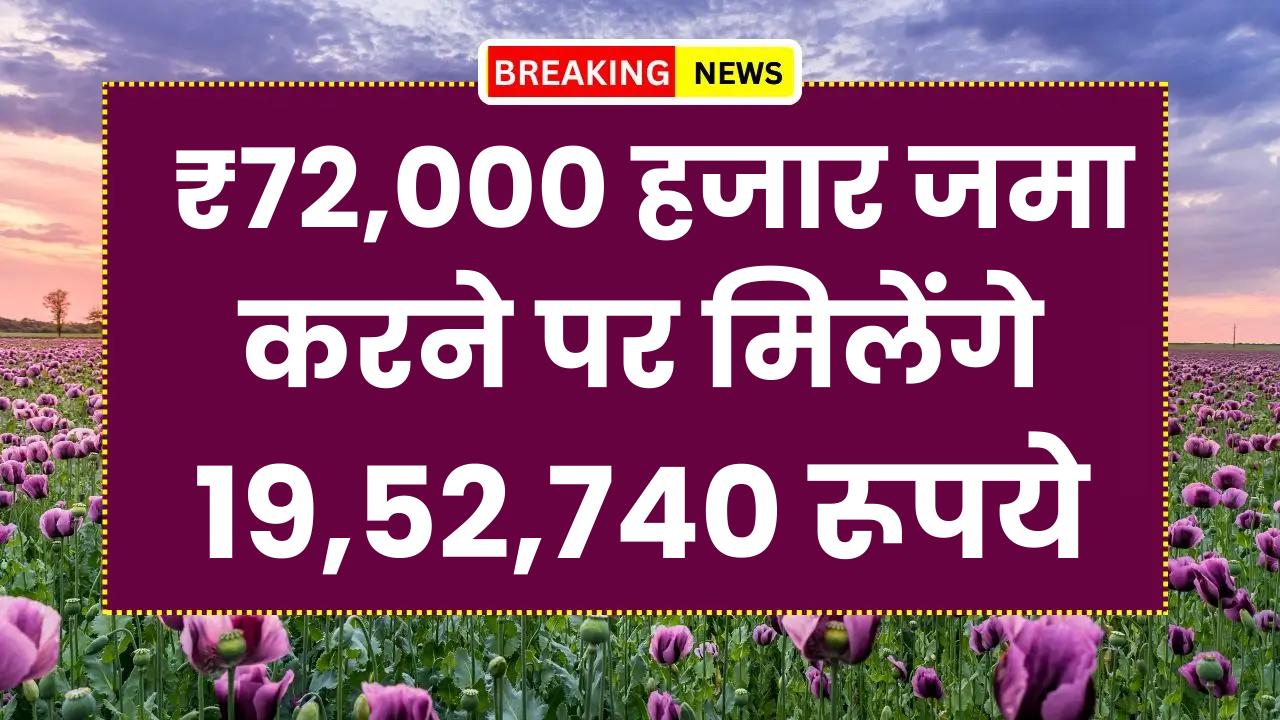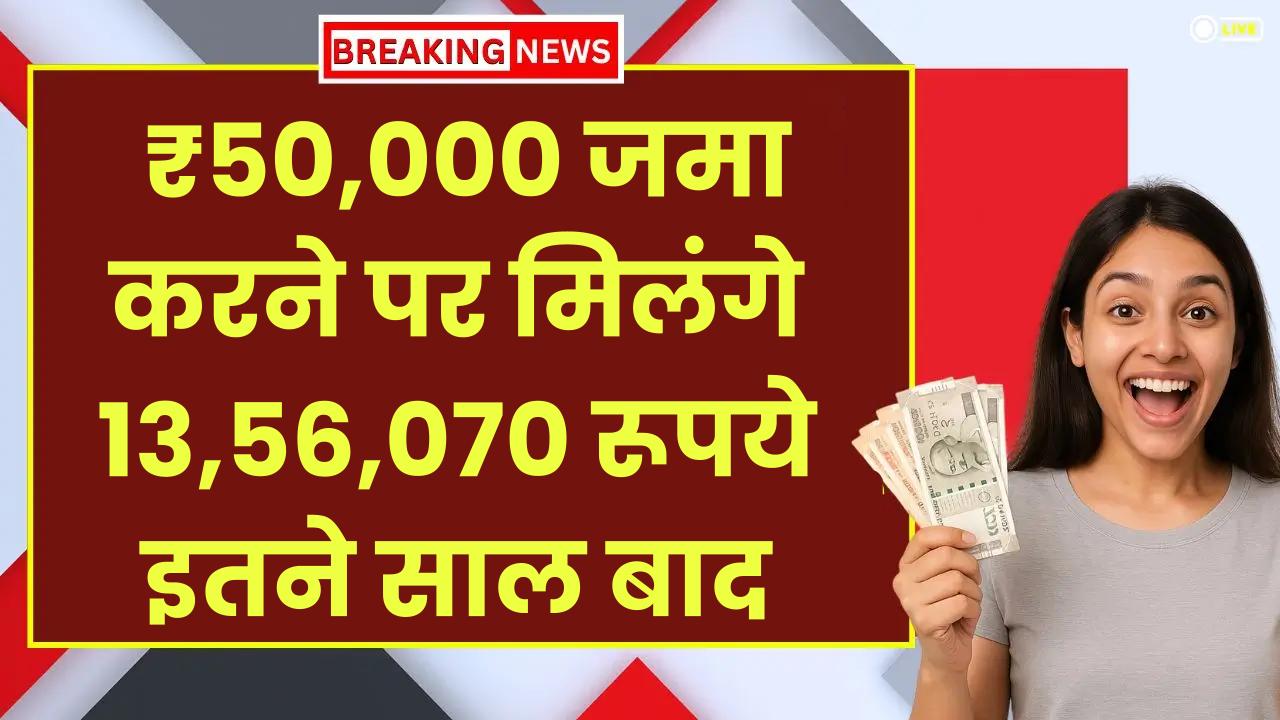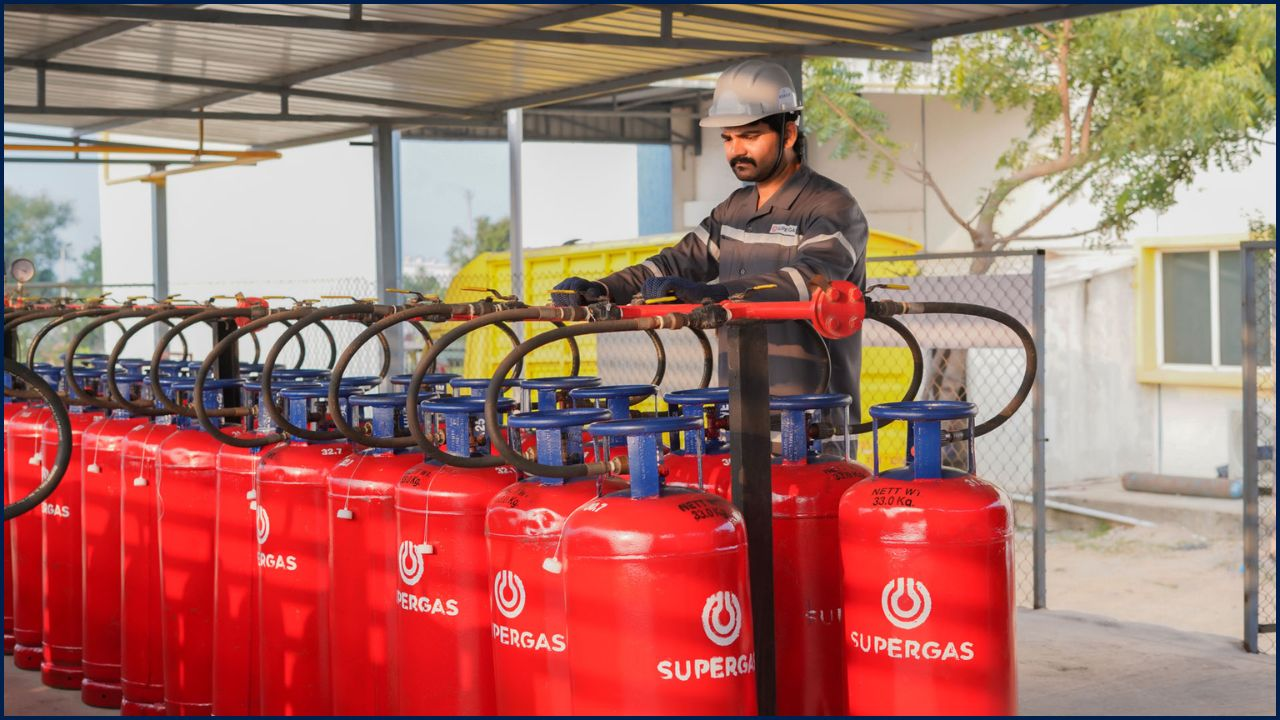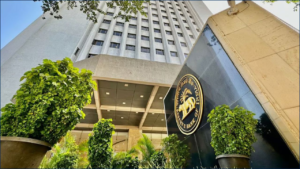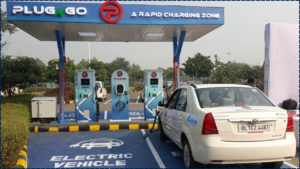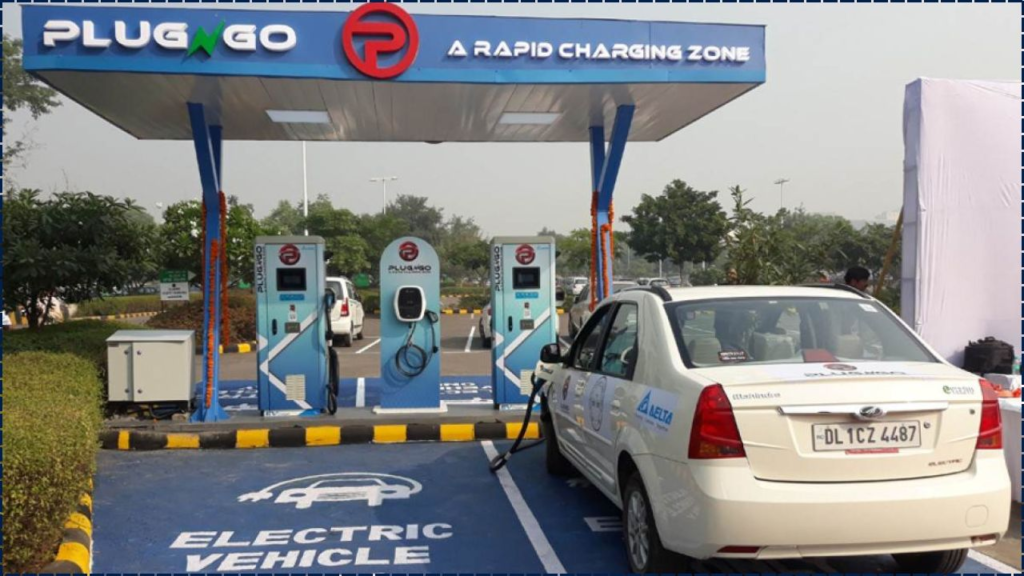
The Indian government has announced detailed guidelines for setting up electric vehicle (EV) charging stations under the PM E-Drive scheme, a ₹10,900-crore initiative to accelerate the adoption of clean mobility. The framework, notified in September 2025, lays out subsidies, technical standards, and deployment priorities for more than 72,000 public charging stations to be installed by March 2026.
The move comes amid India’s push to reduce dependence on fossil fuels, cut urban air pollution, and meet its climate commitment of achieving net-zero carbon emissions by 2070.
Objectives and Budgetary Scope
The Ministry of Heavy Industries (MHI) said the new programme will directly address “range anxiety,” one of the biggest hurdles to EV adoption. Of the total scheme budget, ₹2,000 crore has been earmarked exclusively for charging infrastructure.
The guidelines apply to a broad range of vehicles, from two- and three-wheelers to buses and trucks. They also extend to battery swapping and charging stations, recognising their importance for commercial fleets. Bharat Heavy Electricals Limited (BHEL) has been appointed as the project implementation agency.
Subsidy Structure Explained
The government has introduced a tiered system of subsidies, varying by site and ownership:
- Government premises such as offices, hospitals, and universities will receive 100% subsidy for both infrastructure and equipment, provided stations are publicly accessible.
- Railway stations, airports, metro depots, PSU fuel outlets, and municipal sites are eligible for 80% subsidy on infrastructure and 70% on charging equipment.
- Shopping malls, highways, and commercial complexes qualify for 80% support on infrastructure costs.
- Battery swapping and charging stations across locations are also covered with 80% subsidy for upstream infrastructure.
Funds will be released in two instalments, linked to compliance with technical standards and utilisation benchmarks.
Rollout Priorities and Locations
The initial rollout will prioritise large cities with populations above one million, state capitals, smart cities, and high-traffic corridors. Public transport hubs, including airports, railway stations, and metro depots, will also see early deployment.
Charging points will be mandated along national highways, expressways, and toll plazas, helping to support long-distance travel. A unified digital platform will allow users to locate stations, check availability in real time, and make digital payments.
Technical Standards and Vehicle Coverage
The framework sets minimum technical requirements across vehicle categories:
- Two- and three-wheelers: Chargers up to 12 kW.
- Passenger cars: CCS-II fast chargers from 50 kW upwards.
- Buses and trucks: Ultra-fast charging of at least 120 kW per connector.
Battery swapping facilities are recognised under the guidelines, allowing fleet operators to replace depleted batteries with charged units quickly.
Policy Context and Evolution
PM E-Drive builds on earlier initiatives such as the Faster Adoption and Manufacturing of Hybrid and Electric Vehicles (FAME I and FAME II) schemes. While these programmes provided demand incentives for EV buyers and supported pilot charging projects, infrastructure development has lagged behind vehicle sales.
According to government data, India had fewer than 12,000 public charging stations operational by early 2025, compared to over 2.5 million in China. Officials said the new guidelines are designed to close this gap rapidly.
Global Comparisons
International experience highlights the scale of India’s challenge. China, the world’s largest EV market, has one charging point for every six vehicles. The European Union has mandated 1.3 charging points for every 10 EVs by 2030. In the United States, federal funding under the Bipartisan Infrastructure Law targets 500,000 chargers by 2030.
India’s target of more than 72,000 chargers by 2026 is ambitious but still modest compared to global leaders. Analysts say the density of chargers per vehicle will determine whether adoption rates accelerate.
Economic and Industrial Impact
The rollout is expected to attract investment from domestic firms and international companies in the EV ecosystem. Indian automakers such as Tata Motors and Mahindra, along with startups like Ather Energy, stand to benefit from reduced customer concerns over charging access.
Industry experts estimate the initiative could create thousands of jobs in manufacturing, installation, and maintenance. Ancillary benefits include demand for advanced power electronics, software for station management, and renewable energy integration.
Consumer Perspective
For consumers, the availability of reliable charging will make EV ownership more practical. Fleet operators, such as taxi services and logistics firms, may see reduced operational downtime with fast charging and battery swapping.
However, challenges remain. Electricity tariffs for EV charging vary widely across states, and high prices could discourage usage. Station uptime and interoperability across providers are also major concerns raised by consumer groups.
Environmental Benefits
Expanding EV charging is expected to cut both carbon emissions and local air pollution. The Ministry of Power has projected that replacing internal combustion vehicles with EVs could reduce oil imports by millions of tonnes annually.
Cleaner cities are a major co-benefit. According to the World Health Organization (WHO), India hosts 14 of the world’s 20 most polluted cities. Experts argue that accelerating EV adoption, supported by renewable-powered charging, could significantly improve urban air quality.
Challenges and Risks
Despite generous subsidies, several challenges could slow implementation. Land acquisition for stations, especially in congested urban centres, remains difficult. Coordination between central and state authorities may also delay approvals.
Grid stability is another concern. Analysts warn that clusters of high-capacity chargers could strain local networks unless integrated with renewable energy and storage solutions.
Dr. Ankit Sharma of TERI said, “Policy design is strong, but success will depend on execution at the state level and the capacity to handle grid impacts.”
Outlook
The new guidelines mark a significant step towards mainstreaming EV adoption in India. By providing clear subsidies, technical standards, and institutional mechanisms, the government aims to accelerate deployment within two years.
Industry experts caution that long-term sustainability will require not just subsidies but also business models that ensure profitable operation. As India races to meet its targets, success will depend on cooperation across government, industry, and consumers.
Quick Commerce Craze: These Delivery Apps Are Winning Over India’s Youth – Most Popular Revealed
Conclusion
India’s new EV charging guidelines under PM E-Drive represent both ambition and urgency. If implemented effectively, the initiative could transform the country’s transport landscape, cut emissions, and strengthen energy security. The coming years will test whether policy commitments can translate into reliable, nationwide infrastructure.


